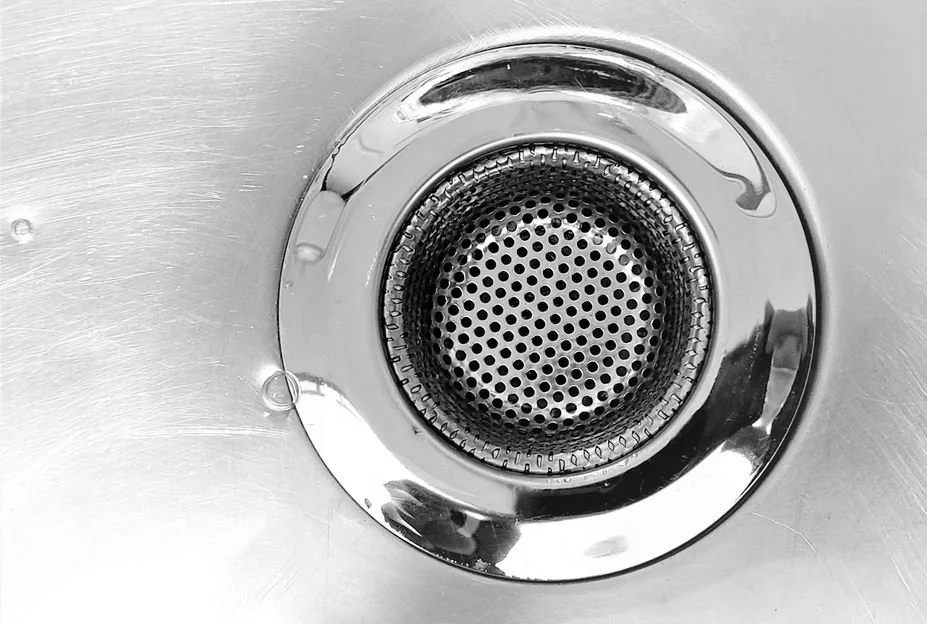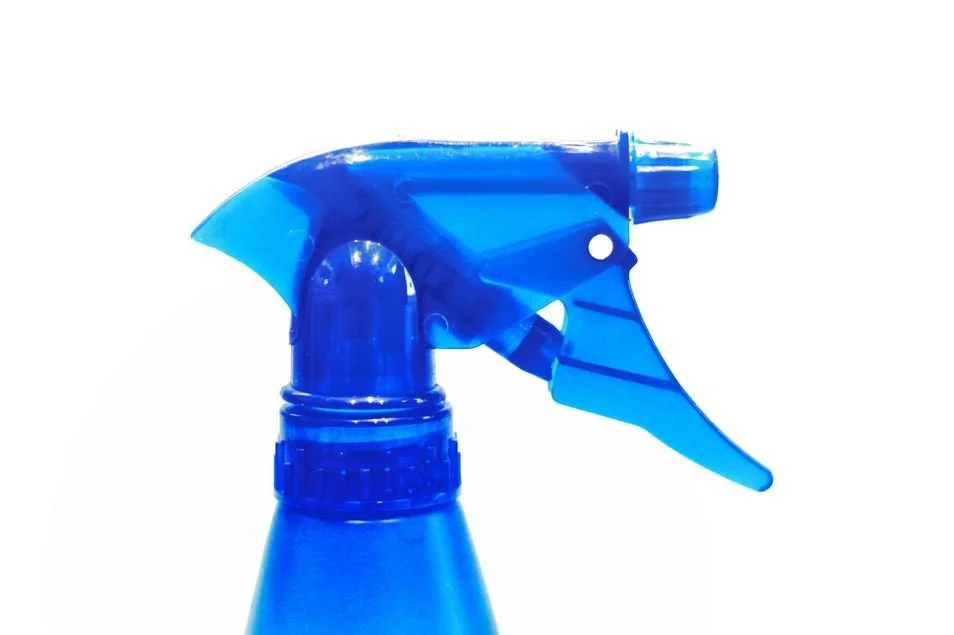7 Good Drano Alternatives
If your drain’s acting up again and you’re staring at that bottle of Drano, maybe pause for a second.
Sure, it can clear a clog fast, but it’s also packed with strong chemicals that can mess with your pipes over time.
The good news? You don’t need it. There are plenty of simple, safe, and super effective Drano alternatives that can get your drains flowing like new again. Most of these use things you probably already have sitting around your kitchen.
In this post, I’ll show you seven of my favourite substitutes.
#1 Baking Soda And Vinegar
Baking soda with vinegar is the best Drano alternative.
It’s natural, easy, and satisfying to watch. When these two mix, they fizz and bubble, helping loosen up grease, food bits, and other gunk sitting in your drain.
Here’s how to use it:
Just grab half a cup of baking soda and pour it right down. Then follow with half a cup of vinegar. You’ll hear that fizzy sound and that’s when the magic is happening.
Let it sit for about fifteen to twenty minutes.
After that, pour boiling water down the drain to wash everything away.
It’s perfect for mild clogs or slow drains, especially in kitchen sinks. Plus, it smells fresh afterward. You don’t have to worry about fumes or damage, and your pipes will thank you.
Also Read: Drano Vs Green Gobbler
#2 Salt And Hot Water
Salt isn’t just for cooking, it’s actually great for drains too.
It’s rough enough to scrub the inside of your pipes while also breaking down buildup. When combined with hot water, it becomes a quick and easy homemade drain cleaner.
Here’s how to do it:
Pour about half a cup of salt down the drain. Then chase it with a full kettle of boiling water. Let it sit for a few minutes, and flush again with more hot water. It helps dissolve grease and grime that could be clogging things up.
It’s especially handy in the kitchen, where oily residues tend to hang around.
It’s simple, cheap, and surprisingly effective for something so basic.
#3 Plunger
Yep, the old-school method still works like a charm. Sometimes a little elbow grease is all you need to get things moving again.
A plunger creates suction and pressure that can push out whatever’s stuck. But you need to make sure you have a good seal over the drain and plunge a few strong times.
Also Read: Essential Cleaning Supplies For A New Apartment
You’ll usually hear a little “glug” sound when the blockage clears. That’s the sound of victory.
If it’s a sink, remember to block any overflow holes with a wet rag so the suction works properly.
It might take a few tries, but this method can work better than any chemical cleaner if the clog isn’t too deep. That’s why it's a good alternative to Drano.
#4 Drain Snake Or Wire Hanger
Sometimes the problem isn’t grease - it’s hair, lint, or random stuff caught in there.
That’s when you need to go fishing.
A drain snake is a flexible metal tool designed to grab clogs and pull them out. You just feed it into the drain, twist it a bit, and pull. You’ll probably catch some gunk that you didn’t even want to know existed. But hey, that’s progress.
If you don’t have a snake, no worries. Straighten out a wire hanger, make a little hook at the end, and use that instead. It’s a cheap DIY fix that actually works.
Just be gentle so it doesn’t get stuck or scratch your pipes.
This method is perfect for bathroom sinks or showers where hair buildup is common.
I know, it’s a little gross, but it gets the job done fast.
#5 Hydrogen Peroxide And Baking Soda
Hydrogen Peroxide And Baking Soda is another great Drano substitute that actually helps your plumbing.
When mixed together, hydrogen peroxide and baking soda create a bubbly action that eats away at organic matter and even helps deodorize your drain.
Here’s how to use it:
Mix one cup of hydrogen peroxide with one tablespoon of baking soda in a container.
Pour the mixture directly down the clogged drain.
Let it sit for about 15 minutes. Watch for fizzing and bubbling - that's the reaction breaking down the gunk.
Rinse everything out with hot water to clear the drain.
It’s great for sinks that smell weird or drains that move slower than usual. It’s safe, cheap, and works nicely for maintenance, even if you don’t have a full clog yet.
#6 Dish Soap And Boiling Water
If you think about it, most clogs come from grease and oils sticking together over time.
That’s why dish soap works. It’s made to cut through grease.
Combine that with boiling water, and you’ve got a simple but powerful cleaner.
Just squirt a good amount of dish soap into the drain—something like Dawn or any grease-cutting kind. Then slowly pour boiling water on top. Let it sit for a bit, then add more boiling water.
The soap helps break apart greasy residue, and the hot water melts it away.
It’s especially useful in kitchen sinks or garbage disposals. It also leaves a clean smell behind, which is a bonus.
Also Read: Dawn Dish Soap Alternatives
#7 Enzyme-Based Drain Cleaners
If you prefer something ready-made but still gentle, enzyme-based cleaners are the way to go.
They’re natural cleaners that use bacteria and enzymes to eat away at organic buildup. No harsh chemicals. No pipe damage. Just science doing its thing slowly but surely.
You can find brands like Bio-Clean or Green Gobbler Enzyme online or at hardware stores. You pour it in, leave it overnight, and let the enzymes get to work.
These are great for ongoing maintenance or if you deal with clogs often.
They’re not instant, though. You’ll need to give them time, but they’re super safe for both metal and plastic pipes.
If you like eco-friendly alternatives to Drano, this one’s for you.
Bottom Line
Drains don’t have to be a drama. You don’t always need heavy-duty chemicals like Drano to clear them out. Most of the time, a mix of patience, hot water, and a few pantry staples can handle the job just fine.
These natural and DIY Drano alternatives are safer, cheaper, and easier on your plumbing.
Plus, you can repeat them as often as you need without worrying about pipe damage or fumes filling your kitchen.
If one method doesn’t fix it, don’t panic. Try another one. Sometimes it takes a bit of experimenting to see what works best for your type of clog.
So next time your sink’s acting up, skip the chemical route.

